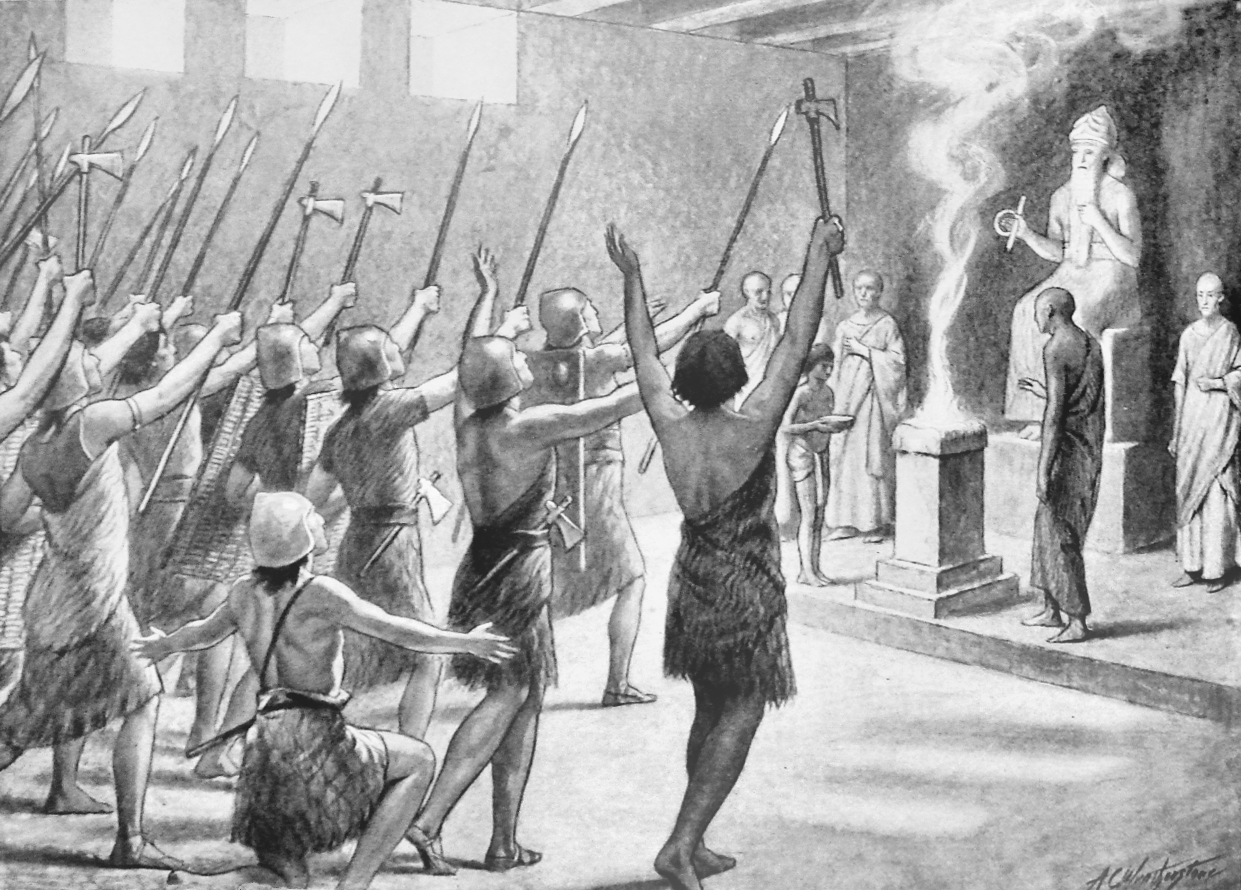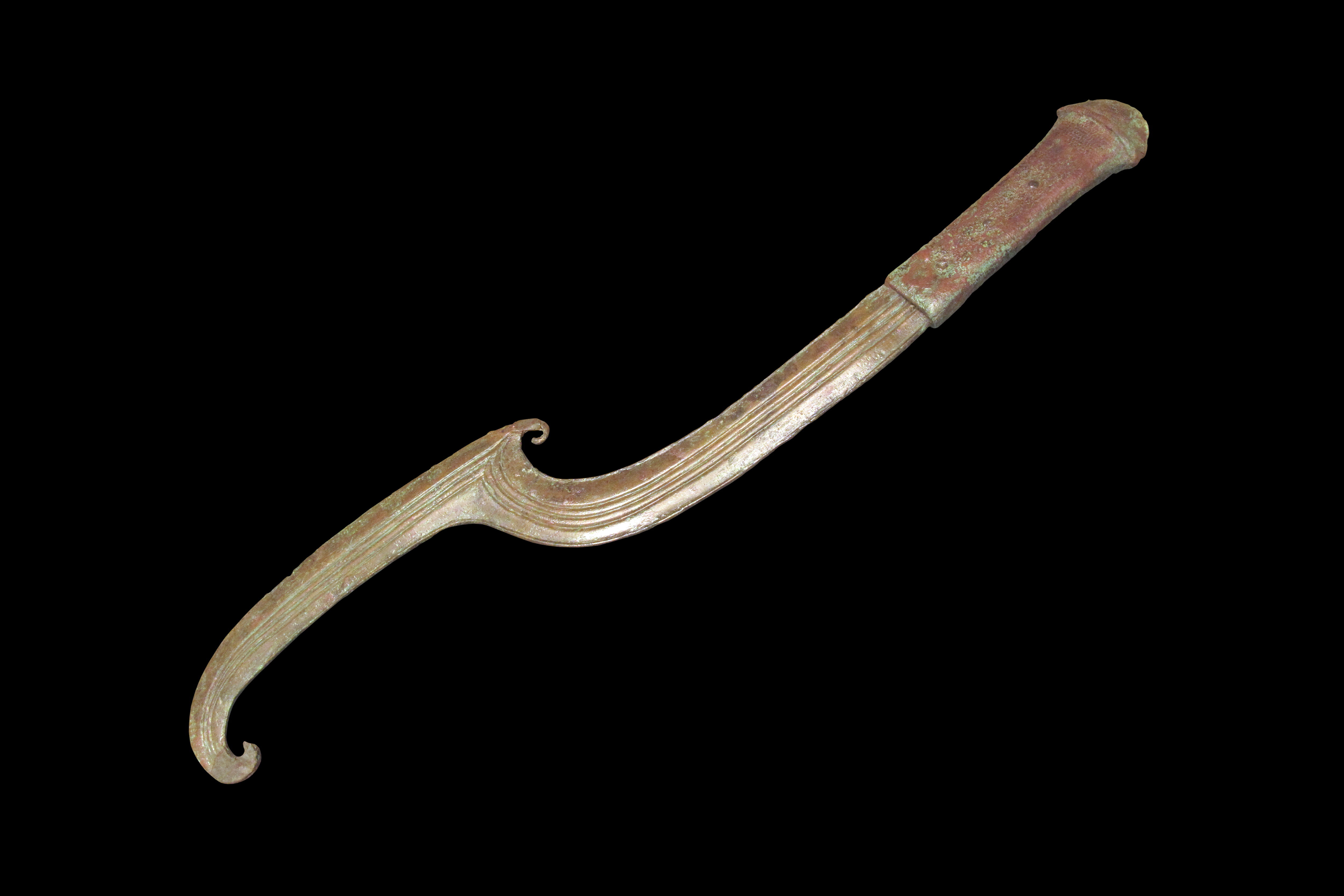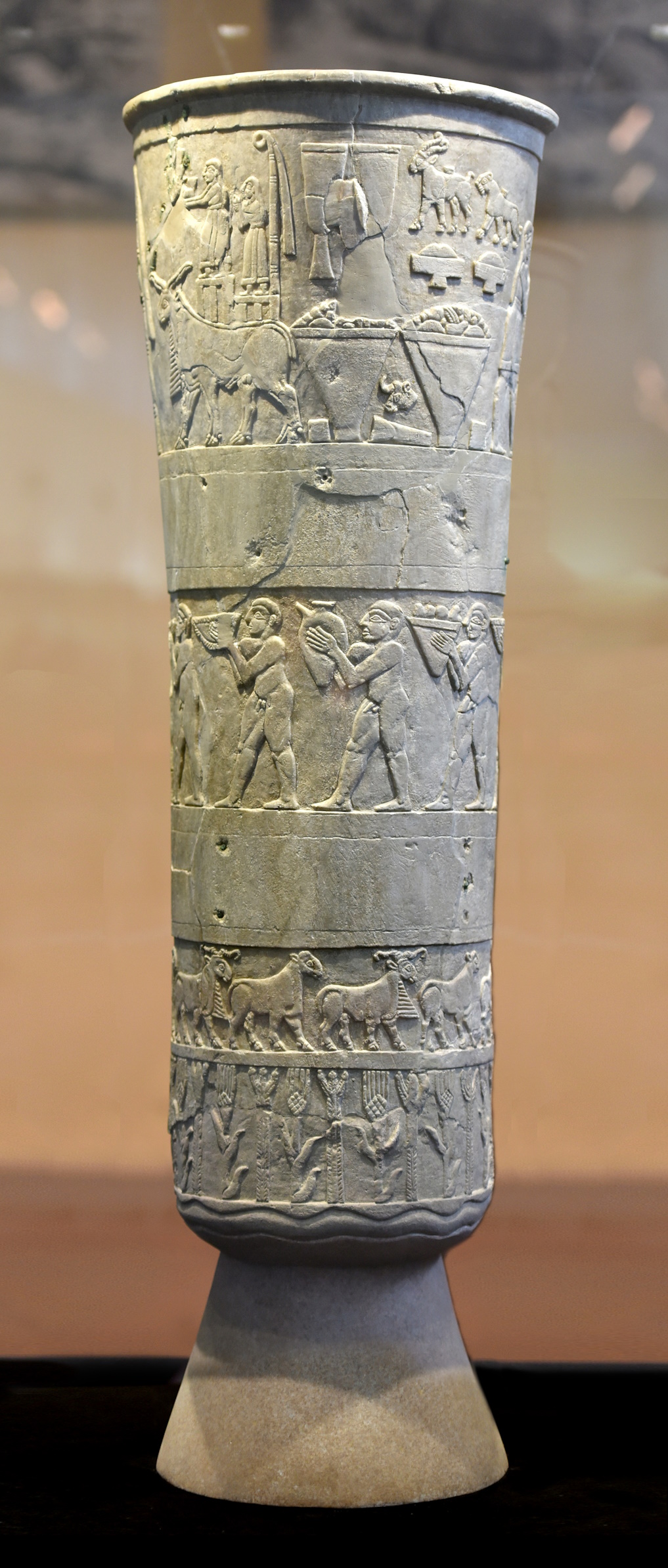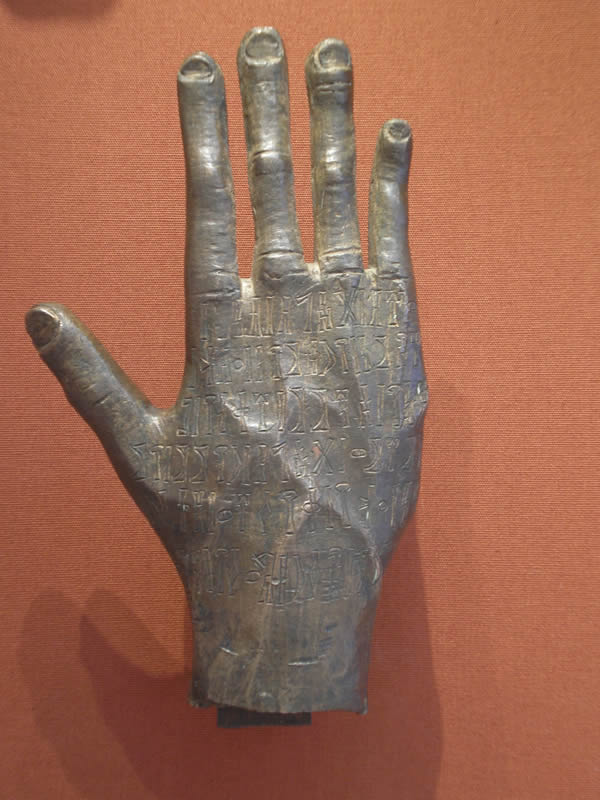History and Legacy
The earliest known settlements of pre-state Agratekt form one of the keystone civilizations upon which the
dating of history is based, along with the once-settled agrarian civilization in the now-desertified valley of
Takhet Alay. Perhaps thanks to the dry environs in both places, the (admittedly approximate) dating of sites in both places formed the basis for the date range of the Archaic Era. Whereas the civilization in Takhet Alay arose and fell surprisingly early, Agratekti civilization saw its heyday toward the end of the Archaic Era as its people mastered the domestication of staple crops including wheat and chaadan (chickpeas) as well as linen for numerous essential crafts.
These developments and the concentration of population centers they enabled fed into each other, leading to the founding of the first Agratekti proto-cities in the first few centuries of the Ancient Era. These early Agratekti urban centers soon became the sites of the most pronounced social hierarchies in Northwest Tahuum Itaqiin. Seemingly, the Agratekti people had developed the notion, early on, that aptitudes with menial labor versus finer craftsmanship were either distributed in a hereditary manner or were most practically taught to young apprentices by their relatives. Subsequently, the practice of supporting priestly orders with crops in exchange for their guidance and divine intercession solidified the social division of those who provided material goods below those who provided leadership, administration, and inspiration. This hierarchy gradually calcified into a full-blown caste system meant to preserve these social roles, especially but not exclusively the positions of those at the top.
Organized religion is thought to have emerged in Agratekt not merely for spiritual guidance but to provide some assurance of certainty against the unpredictable workings of the seasons and the yields of harvests. Indeed, the early Agratekti people’s preoccupation with food security and the numerous variables influencing crop yields seem to have led to the emergence of their polytheistic system of worshipping multiple deities with purported control over nature. The most widely venerated among these deities, based on available evidence, was either Ninhur (the Earth Mother) or Nuhashu (the Watchful Gardener), with shrines to Akalai (Lord of the Sea) and later Adad (Lord of the Sky) being commonplace as well. While the earliest Agratekti deities mainly had the natural world and phenomena as their domains, later additions to the pantheonic complex were often associated with warfare, match-making for political marriages, and other matters of statecraft with unpredictable outcomes.
An elaborate vase depicts a busy harvest season. It remains unclear whether the undressed state of the agricultural laborers in the scene reflects real circumstances or the artist’s intention to liken these laborers to livestock.

Agratekt’s relatively developed cities and specialized social castes soon led to noteworthy advances in stoneworking and metal-smelting. Copper works date back to the proto-urban era if not farther, and the industrial scale of copper smelting in Agratekt’s first major cities led to the inclusions of traces of arsenic and tin, likely by accident at first, resulting in the development of bronze as early as 900 HE. Attempts to deliberately produce bronze from copper-tin alloys would subsequently be thwarted by the general scarcity of tin in the Isthmus of Agratekt, but by 1040 HE or so, this shortage was compensated through trade with communities in the hilly southern Haifatneh Basin. Thus, high quality bronzes were tantamount to status symbols in much of Agratekt, and the development of metallurgy across the Isthmus grew increasingly uneven with the passage of time.

Historians are in broad agreement over the trajectory of Agratekti civilization, dating its first and most widespread golden age from 1400 to 1800 HE (give or take roughly half a century). This era was not without its calamities, but the wealth of the Agratekti polities at this time—and the efficacy with which their cultic priests performed spellcraft—meant that these polities counted other Agratekti states alone as their rivals. Harvest and trade records also seem to indicate that water access and crop yields were largely consistent throughout this period.
[WIP: note end of this era as a domino effect of the collapse of Baitha]
This backslide in Agratekti political power began with a slow recovery from the Regicide of Baitha (1874 HE) and the multiple destructive wars that followed in the proceeding decades. The collapse of Baitha and division among its former suzerains left a power vacuum which nomadic tribes from Far Takhet readily took advantage of; frequent raids impacted the quality of life in northern Agratekt in particular, and the states built upon Great Baitha’s ashes were unready to stave off the ambitions of the rising state of Artum on the western coast of the Haifatneh Sea.
A bronze figure of a hand, inscribed with the words for an incantation in the Late Agratekti Script. As bronze became a rarity in Agratekt and its polities increasingly relied upon spellcraft by divine supplication to secure their power, the religious and mystical rites of Agratekt became feared and reviled by outsiders.
[WIP: the gradual transition into the Iron Age in Agratekt]
The Purge of Agratekt
This historical episode is discussed in greater depth in the article on the Ashen Hallows of Old Agratekt.
The campaign that followed, led by
the Order of the Returning Sun, the
Reborn Theocracy's military arm), arguably amounted to a full-fledged
genocide, or at least a completed
cultural genocide. In Takhet and the Haifatneh Basin the Theocracy first established rule over conquered lands and then steadily pressured their new subjects into converting through peaceful means when possible. In Agratekt, meanwhile, assaulting Order forces usually razed temples and executed their priests before they even commenced negotiations, and in a number of instances, residents were compelled to renounce their cults in the moment or else face similar fates. While a number of Agratekti individuals and communities fled as refugees to territories not yet overtaken by the Order, it is thought that a majority of them died of violence or deprivation. Further, the nearly wholesale destruction of Agratekt’s priesthoods and temples not only wiped out many religious traditions but also historical records, religious and non-religious cultural artifacts, and generally large swathes of the ancient Agratekti culture. Those Agratekti people who did live as the Theocracy’s subjects were forced to adopt both worship of the One Light and many of the Northerners’ cultural norms. Although the persecuted Agratekti people are survived by a number of blood descendants in both the Haifatneh Basin and Far Takhet, the sense of what it meant to be of Agratekti heritage has long been lost—aside from the association of Agratekt with destruction and exile.







Comments